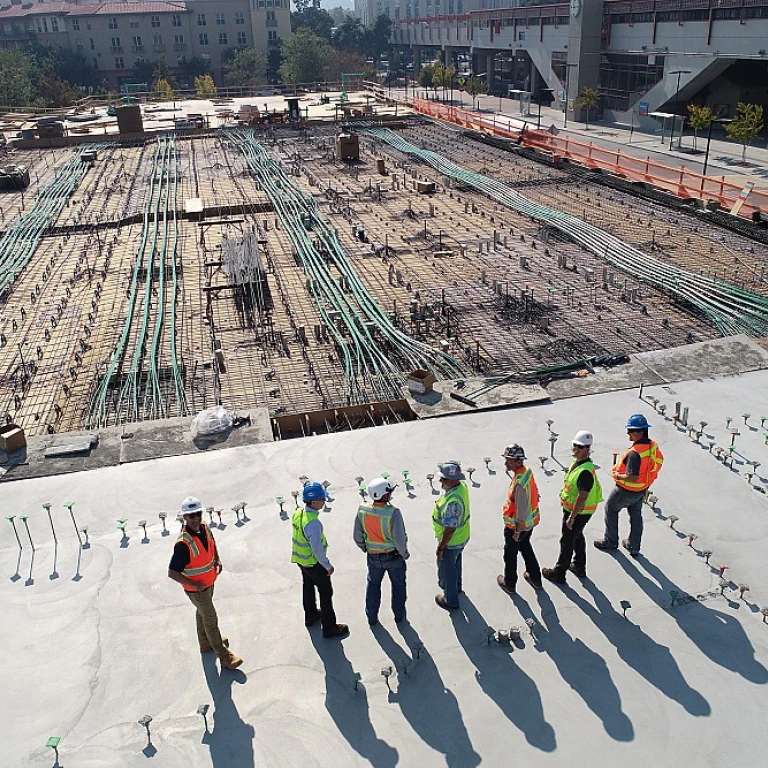
Understanding the Link Between HR Management and Work-Life Balance
Exploring the Connection: Harmonizing HR Management and Work-Life Balance
Understanding the intricate relationship between human resources management and work-life balance is pivotal for any business aiming to enhance the employee experience and overall employee engagement. In this digital era, organizations are increasingly realizing the need to streamline processes to foster a more balanced, efficient work environment. The role of HR management in this context extends beyond traditional boundaries. It encompasses managing employee data, regulatory compliance, and benefits administration, among other tasks. By focusing on strategic initiatives, HR teams can significantly influence a company’s workforce management and improve efficiency across the board. There’s a growing emphasis on using data-driven approaches to ensure that management processes align with the broader goals of promoting employee well-being. With the integration of robust human resources management systems, access to employee data becomes seamless, enabling a more informed management approach. HR professionals are tasked with aligning policies with laws regulations to ensure that benefits and payroll systems operate smoothly and fairly. The benefit of this is twofold: it not only helps in complying with laws but also streamlines payroll benefits, ultimately contributing to employee satisfaction and motivation. The role of management is to use their expertise to streamline these processes, ensuring that time and resources are allocated efficiently. This allows employees more time pay attention to personal engagements without compromising on their professional responsibilities. Consequently, businesses who adopt best practices in HR management often see enhanced commitment from their teams. To gain insight into how effective HR management contributes to work-life balance, understanding these dynamics is crucial. Dive deeper into strategies from successful companies and explore https://www.the-work-life-balance.com/blog/the-importance-of-recruitment-marketing-in-attracting-top-talent for more information on how recruitment marketing plays a vital role in attracting and retaining top talent, further synchronized with a strategic work-life balance approach.Key HR Strategies to Support Work-Life Balance
Top HR Approaches for Balancing Work and Personal Life
Human resources management plays a crucial role in promoting work-life balance within an organization. With employee wellbeing moving to the forefront of strategic initiatives, HR departments are adopting various strategies to streamline processes and improve efficiency. Here are some key approaches that can help balance the demands of work and personal life:
- Flexible Working Hours: Allowing employees to manage their own time can significantly enhance work-life balance. Flexible schedules enable team members to prioritize tasks and attend to personal obligations without compromising on productivity.
- Remote Work Options: Implementing remote work policies can provide employees the opportunity to work from home or alternative locations. Remote work not only reduces commuting time but also helps employees balance their professional and personal responsibilities more effectively.
- Streamlined Payroll and Benefits Administration: Effective management of payroll benefits is essential. By simplifying payroll processes and ensuring timely pay, HR can enhance employee experience and reduce stress related to financial concerns.
- Data-Driven Decisions: Utilizing employee data allows HR teams to make informed decisions that benefit both the workforce and the business. Data-driven management can identify areas of improvement and track the progress of work-life balance initiatives.
- Access to Cloud-Based Systems: Embracing cloud-based software for human resources services can streamline processes. Automated tasks help HR manage employee data more efficiently, ensuring compliance with laws and regulations while supporting employee engagement and satisfaction.
Adopting these practices enables HR departments to focus on strategic priorities that align with employee expectations and business needs. Moreover, learning from recent changes and challenges in HR, especially those experienced during the pandemic, can further refine these strategies. For detailed insight on how COVID has impacted HR training and its subsequent effects on work-life balance, explore this analysis.
Technology's Role in Streamlining HR Management
The Role of Technology in HR Management
Adopting the right technological tools can significantly impact the effectiveness of human resources management, thereby enhancing work-life balance for employees. In today's fast-paced business world, technology is not just a support mechanism but a catalyst for change in management processes. Here, we explore how technology can help streamline HR management.
Modern HR management systems allow for the integration of cloud-based services, which provide employees and HR teams with easy access to necessary resources. Cloud-based platforms remove the geographical barriers thus enabling HR teams to manage payroll benefits and employee data efficiently. By providing quick and reliable access to data, HR teams can now focus on strategic initiatives rather than spending exhaustive amounts of time on administrative tasks.
For example, workforce management software helps streamline processes related to scheduling and time management. This not only improves efficiency but also ensures compliance with laws regulations. Moreover, it allows HR teams to accurately predict future workforce needs, and better manage their human resources.
In terms of engagement, automated systems enable employees to have control over their schedules, leave requests, and benefits administration, thus reducing their administrative burden. When employees have more time to concentrate on their core tasks, it enhances their overall experience. Technologies designed to manage employee experience are increasingly data-driven, providing insights that help businesses focus on long-term strategies for improvement.
Introducing these technologies comes with the added benefit of improving management employee relations. When employees benefit from streamlined services, they are more likely to be engaged, motivated, and productive. This ultimately translates to better team performance and higher job satisfaction.
The use of technology in HR truly represents a shift from traditional processes to more streamlined and efficient methods, setting the stage for improved work-life balance across entire teams. To further understand how technology plays a vital role in modern HR management, consider reviewing our post on data-driven practices for employee engagement.












